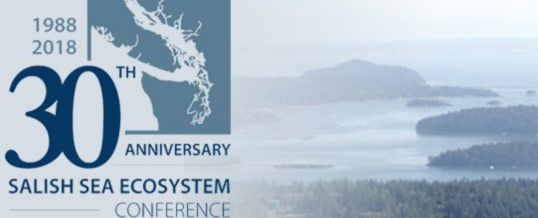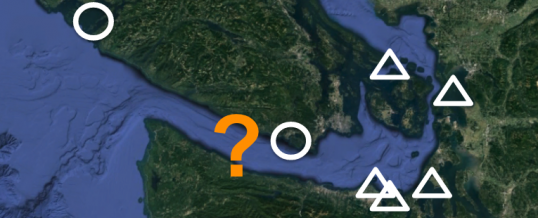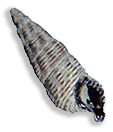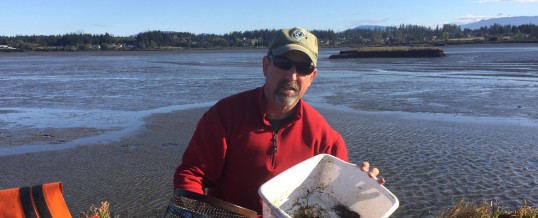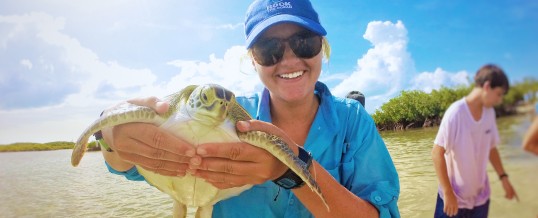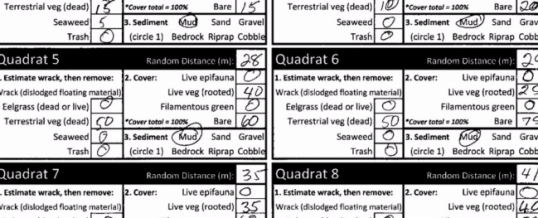April 26, 2018
Between April 4th and 6th hundreds of scientists, managers, and policymakers descended upon the Washington State Convention Center in downtown Seattle for the 2018 Salish Sea Ecosystem Conference. From salmon and orcas to microplastics and harmful algal blooms, presentations at the conference covered an incredibly wide variety of topics — including invasive European green crab. WSG Crab Team collaborated with Washington Department of Fish & Wildlife to host two ...
Read MoreAPR
2018
